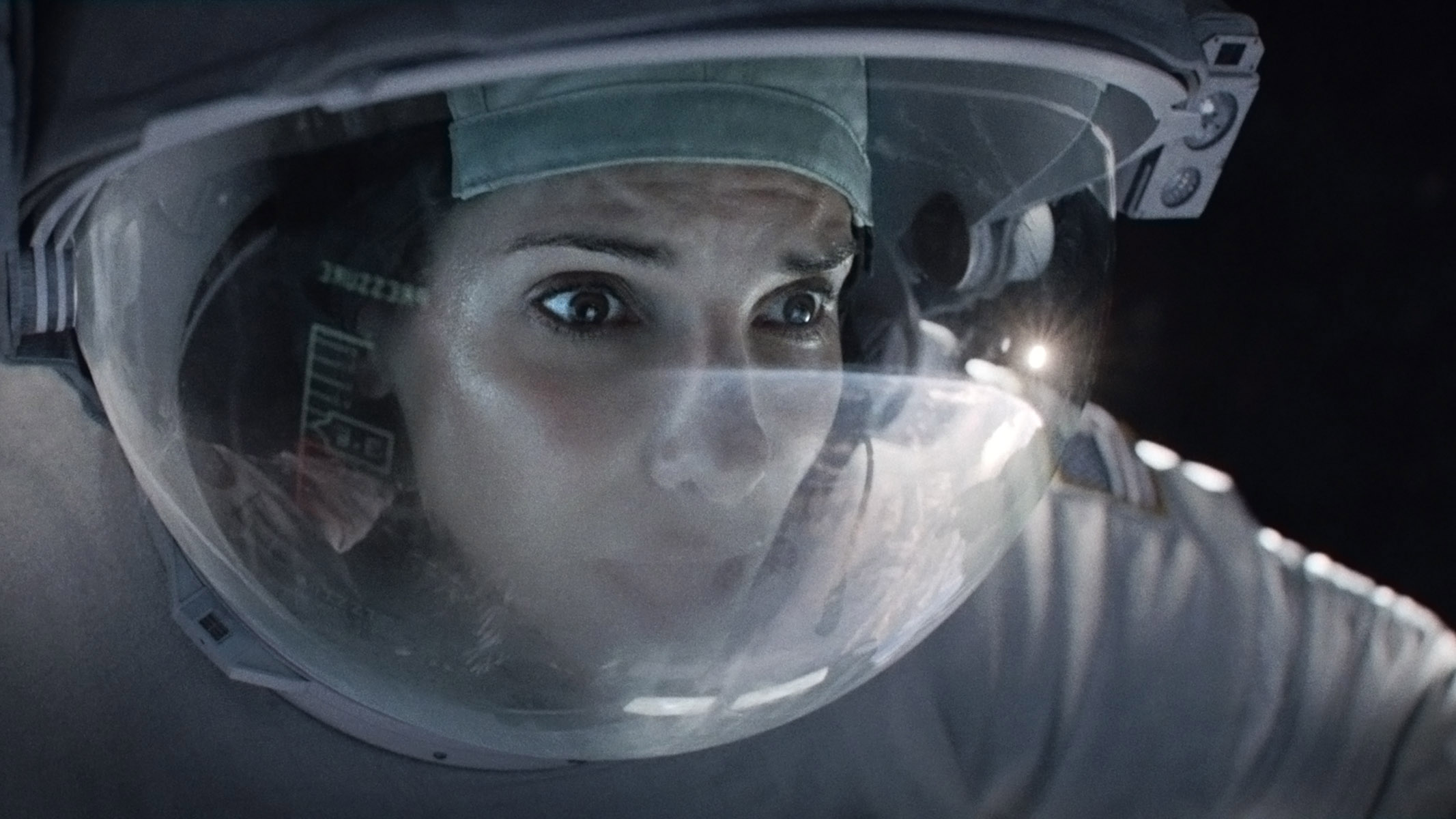Is the film industry setting the scene for next-generation networks?
Looking at the tech behind the Oscars

With the 86th Academy Awards having just taken place, there has been plenty of debate around the relative merits of 12 Years A Slave vs Gravity, Christian Bale vs Leonardo DiCaprio and so on.
As always, we've seen much-detailed analysis of the dresses, winners and acceptance speeches on the night itself. However, the technology that lies behind these award-winning films often goes unnoticed.
With production teams creating ultra-high resolution content and relying more heavily on digital technologies to produce and edit, the network infrastructure that underpins today's movies must be able to manage huge volumes of data, faster and more reliably than ever before. Film production companies are therefore often far ahead of other industries when it comes to building future-proof networks.
Film-makers are constantly looking to new technology to help articulate their vision on-screen: from the ground-breaking 3D techniques used in Avatar to the incredibly data-intensive CGI worlds created by companies such as Pixar.
In order for these companies to stay at the cutting edge of film and video production they need a network that is able to handle the demands of creating data-intensive productions.
At Brocade we work with Lucasfilm, the company behind the iconic Star Wars and Indiana Jones franchises.
Success
For Lucasfilm, having an industry-leading network has long been critical to the team's success, as Lucasfilm's Peter Hricak explained: "As soon as computer graphics became one of Lucasfilm's major businesses, the computer network became much more important because of the collaboration involved with so many artists and devices. Since computer animation is now the primary business of the company, the network has taken an even more prominent role, it literally couldn't happen without the network."
Sign up to the TechRadar Pro newsletter to get all the top news, opinion, features and guidance your business needs to succeed!
Modern blockbusters are created and brought to market according to incredibly tight timescales. This means that any time lost during production due to a network failure can have far-reaching consequences.
For Weta Digital – the production company founded by Lord of the Rings director Peter Jackson – it was critical to have a network that could deliver the reliability, scalability and data capacity needed to tackle the exceptionally high data demands of creating digital 3D effects for James Cameron's multi-award winning epic, Avatar.
It was essential for the company to reduce the stress on the network during the crunch time of production while ensuring enough backup capacity.
"We often have 'renders' or video outputs from data that run for days," commented Weta Digital's Matt Provost. "If there is a network failure we can lose those and have to start them over again. And because of the way that artists work on a daily schedule, if the network goes down, we generally lose an entire day's worth of progress on the film."
With 3D cinema experiencing a resurgence and content increasingly being produced in the ultra-high definition format, 4K, the demands on the network are growing even more. 3D digital effects can require more than double the volume of data and 4K creates more than four times the data volumes of standard HD, giving rise to significantly greater demands for bandwidth.
These combined pressures mean that the film industry is often where the best examples of advanced networking technologies can be found. For example, Ethernet fabrics are increasingly being used by production companies, such as the special effects company Rushes, to improve the reliability of post-production and visual effects processing and real-time digital end-to-end workflows.
Since Ethernet fabrics are designed to improve network utilisation, maximise application availability, increase scalability and dramatically simplify network architectures, they are perfect for the demands of the film industry.
With enterprises across all sectors also experiencing growing demand for bandwidth, network scalability and flexibility, this type of solution is becoming increasingly important, regardless of vertical. The film industry is in many ways paving the way for others to follow and so, as we continue to celebrate the winners from Sunday evening, it's worth raising a glass to the networking infrastructure that makes it all possible.
- Joy Gardham is the Regional Director EMEA West at Brocade